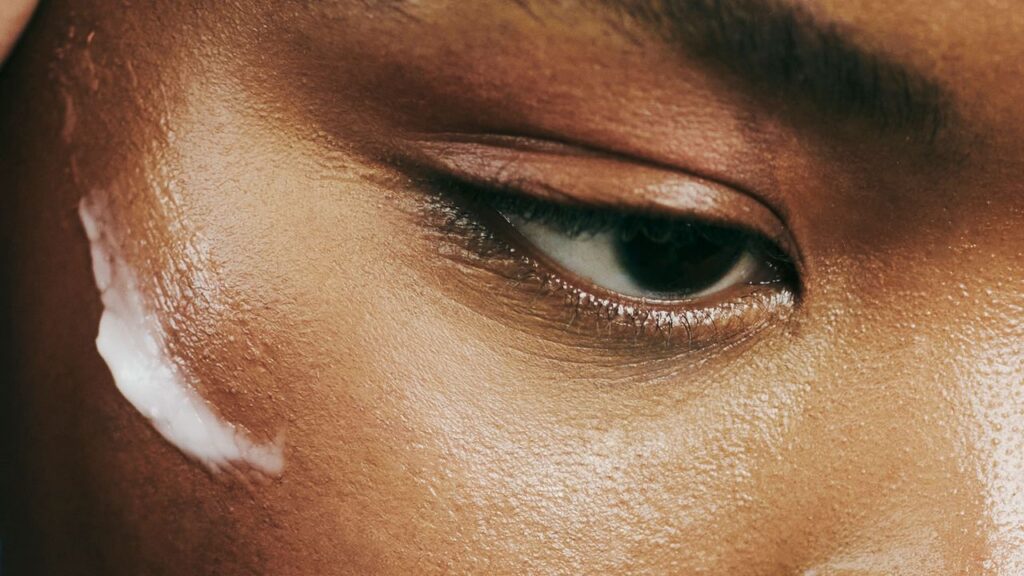From glycolic to salicylic, exfoliating acids have quickly become a mainstay in our beauty routines. But lactic acid seems to be the lesser-known of the bunch, despite being a dermatologist’s favorite for boosting glow and hydrating skin, as well as tackling multiple skin concerns.
Naturally found in dairy products, the use of lactic acid for skin dates back to ancient Egypt, when Egyptians (including Cleopatra) famously bathed in milk to improve the look and texture of their skin. Nowadays, it’s typically created in a lab and is often combined with other do-good ingredients in serums and cleansers to deliver smoother skin results.
Here, we ask expert dermatologists to break down everything you need to know about lactic acid for skin, including where to find it and how to incorporate it into your routine.
What is lactic acid?
“Lactic acid is an alpha hydroxy acid (AHA) and versatile ingredient that can help treat a range of skin concerns,” says Derrick Phillips, CeraVe consultant dermatologist. A natural by-product of dairy fermentation, it’s what gives sour milk its distinctive, sharp taste.
And while we’re unlikely to bathe in sour milk any time soon, we can find lactic acid in several over-the-counter skin products too. “In skin care, lactic acid is primarily used for its exfoliative properties and promoting skin renewal,” Dr. Phillips says. “However, it can also improve skin texture, has antiaging benefits, and has been shown to reduce pigmentation.”
Lactic acid for skin: How it works
1. Exfoliates skin and promotes cell turnover
“Lactic acid disrupts the bonds between dead skin cells in the outer layer of the skin, allowing them to be shed more easily,” says Dr. Phillips. All of which equals smoother skin, a more even tone, and softer-looking lines.
2. Helps with breakouts and acne scars
Lactic acid accelerates skin turnover, promoting renewal. “This process not only reveals fresher and more youthful-looking skin but also helps unclog pores, which can be beneficial for treating whiteheads, blackheads, and acne pimples,” Dr. Phillips notes.
3. Boosts hydration
Lactic acid is also a powerful humectant, meaning it helps attract and draw moisture into the skin to keep it hydrated.
4. Supports the skin barrier
“Lactic acid has been shown to enhance the skin-barrier function by increasing the production of ceramides, which help maintain a waterproof skin barrier, reducing loss of moisture from the skin,” says Dr. Phillips.

